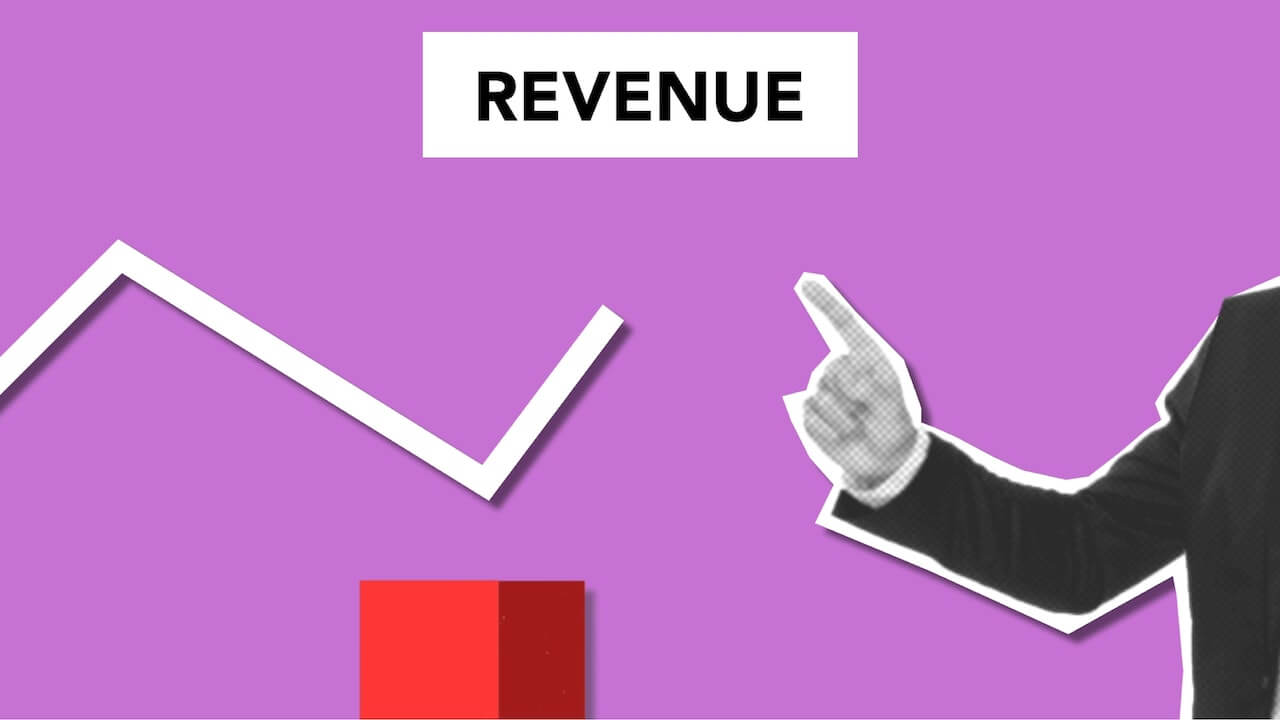It’s not uncommon that a business owner thinks they have an understanding of their financials because they vaguely know the numbers on their profit and loss statement (P&L). And while, yes, that’s a great start, it’s not enough to truly understand what’s behind the numbers generated neatly on that common—and crucial—financial report. How did the numbers get there? What do they really mean?
As with any financial analysis, the discussion begins with revenue—that ever-important top-line number on the profit and loss statement. Simply, as one of the primary key performance indicators (KPIs) for any business, revenue is the logical starting point. Revenue, of course, reflects the amount recognized by the company when products are sold, or services are rendered.
The issue with the revenue number on the profit and loss statement is that it only tells a portion of the story, namely, how much money was brought in. The remainder of the story rests below the surface where important insights about the business can be revealed. It’s about dissecting that number to truly understand the business better. One thing is for certain—it is not as clear cut as one top-line figure.
Going below the surface means extensive fact gathering to get educated and informed in order to make business decisions based on data rather than assumptions. Some of that data may be on the profit and loss, some of it may be in other systems or software. Some may be better for products, while other data reveals more about services. The important piece here is to gather as many facts about the business as possible by using the methods that align best with the business at hand.
Three Primary Methods of Evaluating Revenue
1. Revenue Based on Service Line or Product
Whether it is a product business, a service business, or maybe some of both, revenue from each product and/or service line should be broken down separately. Ideally, service lines should be separated on the profit and loss statement, but businesses are not often set up that way. In that scenario then, one revenue entry will encompass all service lines. In the same vein, products—whether physical or digital—should also be broken down and not lumped together in the catchall “sales” category.
Breaking down revenue by service line or product requires looking beyond the P&L and into other systems, such as a point of sales sytem or e-commerce software. Whatever systems the revenue data sits in are the ones from which information can be extrapolated. Finding where this important information is may take time but is essential to understanding the business better. Digging in should clarify the following—Where am I making money? Where should I be focusing? What are the trends?
2. Revenue by Channel and Location
For this analysis, it’s important to look not at what was being purchased but at how revenue is coming in and from where it’s coming. Channel breakdowns are extremely helpful in product-based business. There may be a retail channel, a wholesale channel, and an e-commerce platform (or multiple platforms). With this information, a business owner can answer:
- Do I need to protect one channel more?
- Do I need to increase marketing on one channel?
- Is too high a percentage coming from one channel?
An analysis of locations is equally important. There are serious sales tax implications based on where revenue is earned. While locations will not appear on the profit and loss statement, they should be easily identified though other systems, including e-commerce platforms or specific location data. A revenue location analysis also helps pinpoint marketing in an area or identify when a location is saturated, signaling the possibility that it is time to move on.
3. Revenue by Client/Customer or Contract
Regardless of whether the business is product based or service based, it is always helpful to identify the biggest (and most profitable) customers or clients. CRM software should contain this important sales data information. Sometimes, business owners find that 80% of their revenue is coming from 20% of clients. With that, they may determine that it would be more prudent to spend time on these better-quality clients. Some will also look more closely at who they enjoy working with and who they don’t, and how much money is allocated to each instance. This is true even in e-commerce, where “super customers”—those who are continuously purchasing—may be identified. This analysis may mean deciding to give them increased attention or to find out more about their “whys” in making these purchases.
Breaking down revenue information through these methods gives valuable insights into the financial health of your business and can help you make better decisions about where to allocate your resources. With a clear understanding of the financial picture, you can make better, more informed decisions based on facts and data, including where to spend your time, where to invest resources, and how to grow.
At Agile Planners, we provide strategic guidance and outsourced CFO services to companies of all sizes. We can help provide the strategy your organization needs for the growth you want. We understand that no two organizations are the same. And with our experience and financial knowledge, we can help develop the right strategic plan for your business to grow and reach its goals. Simply, we’ll be your trusted partner, so you can focus on running your organization. Contact us today to learn more about how we can help.

